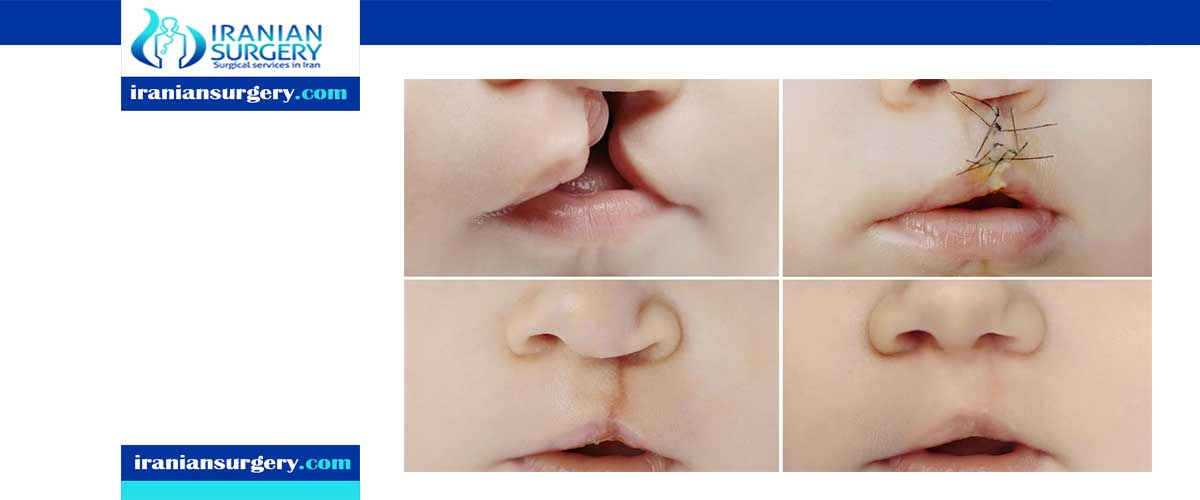Cleft palate surgery recovery

Cleft palate surgery recovery
Your Child's Recovery
Cleft palate repair is surgery to fix a split (cleft) in the roof of the mouth, which is called the palate. The doctor made a cut (incision) along the edge of the cleft inside your child's mouth. He or she used stitches to bring the cut edges together to cover the split.
Your child may need pain medicine for the first few days after surgery. The area around your child's mouth may be swollen for the first 1 to 2 weeks after surgery. He or she may be more fussy than usual.
Your child will have stitches in the roof of his or her mouth that will slowly dissolve. Many children have a stuffy nose after surgery. If your child has trouble with congestion, your doctor may prescribe a nose spray.
Most children are back to their usual behaviour about a week after surgery. It usually takes about 3 to 4 weeks for the incision to heal. Your child may need to wear padded arm restraints for 1 to 2 weeks after surgery to prevent him or her from rubbing the surgery area.
This care sheet gives you a general idea about how long it will take for your child to recover. But each person recovers at a different pace. Follow the steps below to make sure your child gets better as quickly as possible.
Protecting the Repair
Treating Cleft Palate
The Cleft Lip and Palate Center expertly cares for children with cleft palate.
The roof of your child’s mouth (the palate) is still healing and should be protected from injury for about 3 weeks after surgery. There may be no feeling in this area for a while after the surgery. This means that your child can injure the roof of the mouth without you or your child knowing it.
Listed below are objects that could hurt your child's mouth. Hard objects should be put away or kept out of your child’s reach while the palate is healing.
- Small wooden, metal, or plastic toys
- Toys with small parts
- Toothbrushes
- Knives, forks and spoons
- Popsicles and their sticks
- Drinking straws
- Suckers and lollipops
- Thermometers
Caring for a Lip Scar
A visible scar will be left after cleft lip repair surgery and it may appear red, swollen and bruised after surgery, but this will fade considerably as it heals and your child gets older. Swelling may take a few weeks to settle, and the scar may get thick, lumpy, and even start to pull the lip back up as it shrinks in the first few months. This is all part of how a scar heals– be aware that it can take years for the scar to ‘settle’ into its final appearance.
It is important to keep the scar clean and free from scabs, as this helps with the removal of stitches. You will be shown how to keep your baby’s lip clean before you go home from the hospital.
Generally, you are advised not to use a dummy/comforter for several weeks after surgery, and to try and stop your child from putting their fingers or toys into their mouth.
Infections are rare, but look out for warning signs including a raised temperature and loss of appetite. If you suspect anything, call the ward or your GP.
Your surgeon will give you expert advice on how to care for your child’s scar. Follow this advice closely and consult your team or your Cleft Nurse specialist if you have questions or concerns.
Sometimes stitches in the wound are dissolvable, and sometimes they will need to be removed. Either way, you will have to come back to the hospital for a follow-up appointment not long after the operation, and you will get information about this before you go home.
10 common questions about Cleft palate surgery recovery
[kkstarratings]


